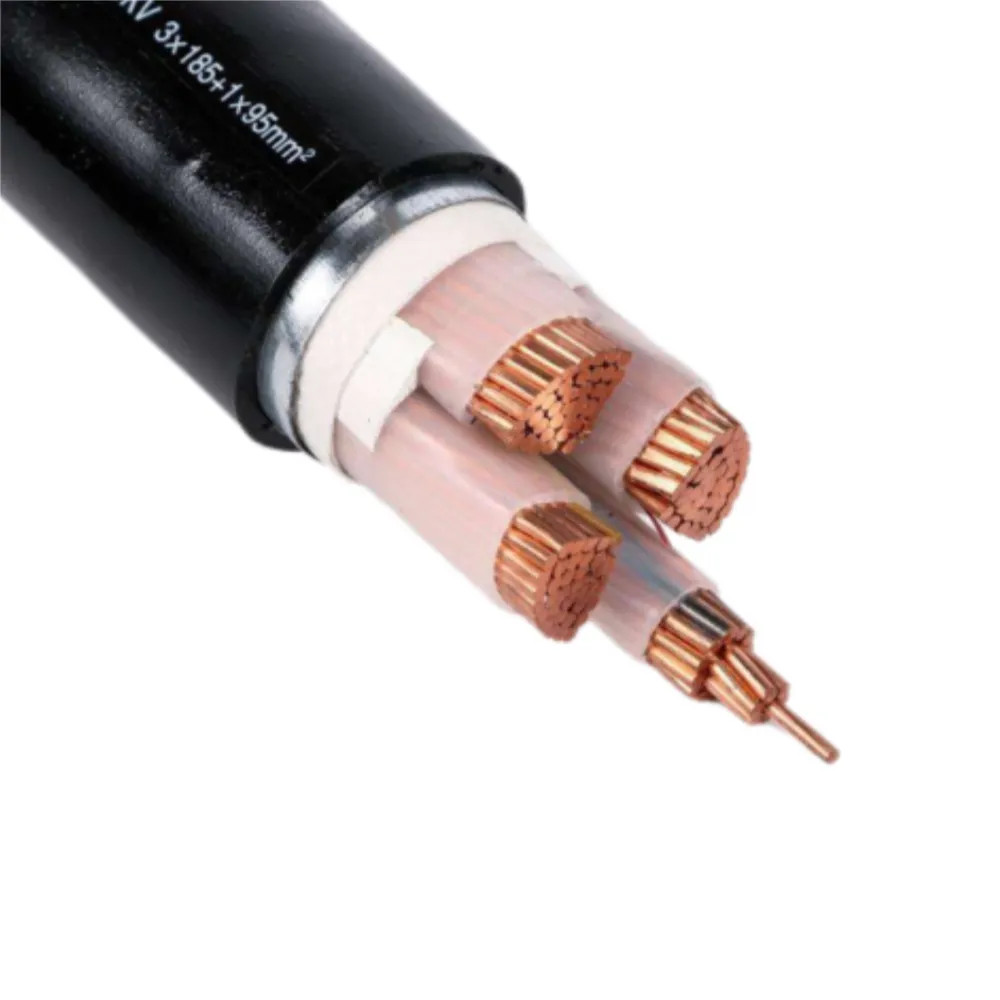Time: 2025-04-30 04:03:19 Source: Henan Province Jianyun Cable Co., Ltd.
Detecting low voltage in electrical systems is crucial for ensuring safety, preventing equipment damage, and maintaining performance in setups like homes, solar systems, or industrial applications. Low voltage can lead to dim lights, malfunctioning appliances, or system inefficiencies. This article explores the process through three key sections, using a table to list tools and methods, and engaging analogies to clarify concepts.

Low voltage refers to a voltage level below the expected or nominal value in an electrical system, which can impair performance or safety. For example, in a home, the nominal voltage might be 230V AC (as discussed in prior home electricity contexts), but low voltage could drop to 200V or below. In a solar system, a 48V DC system (as discussed) might drop to 40V, indicating an issue.
Causes of Low Voltage: Common causes include long cable runs (e.g., >3% voltage drop in 6mm² solar cables over 20m, as discussed), overloaded circuits (e.g., too many appliances on a 15A circuit), faulty connections, or failing components (e.g., a weak solar charge controller).
Why Detect It?:
Detecting low voltage is like “checking the water pressure” in a plumbing system—if the pressure (voltage) is too low, the “flow” (current) won’t deliver properly, and the system may fail.
Several tools and methods help detect low voltage, depending on the system (AC or DC) and the context. The table below summarizes common tools and their uses:
| Tool/Method | Purpose | Example Use |
|---|---|---|
| Multimeter | Measures voltage (AC or DC) | Check 230V AC at a home outlet |
| Voltage Tester | Quickly checks for presence of voltage | Verify voltage at a 48V DC solar circuit |
| Clamp Meter | Measures voltage and current non-invasively | Monitor current draw on a 15A circuit |
| Low Voltage Alarm | Alerts when voltage drops below a threshold | Alarm for 48V solar battery dropping to 40V |
| Visual Inspection | Identifies physical signs of low voltage issues | Check for dim lights or overheating wires |
Multimeter: Measures exact voltage (e.g., 230V AC in a home, 48V DC in a solar system, as discussed). It’s the most precise tool for detecting low voltage.
Voltage Tester: A non-contact or contact tester quickly confirms if voltage is present, useful for initial checks (e.g., in a solar circuit before detailed testing).
Clamp Meter: Measures voltage and current without disconnecting wires, ideal for identifying overloads causing low voltage (e.g., on a 14 AWG circuit).
Low Voltage Alarm: Used in systems like solar setups to alert users when voltage drops (e.g., a 48V battery dropping below 40V), often integrated into charge controllers.
Visual Inspection: Look for signs like dim lights, flickering appliances, or warm outlets (e.g., in a home with 14-2 NM-B wiring), indicating potential low voltage issues.
These tools are like “health checkup devices” for an electrical system—each helps diagnose the “symptom” (low voltage) to keep the “patient” (system) healthy.
Detecting low voltage involves a systematic approach to identify and confirm the issue. Here’s a step-by-step guide with examples tied to prior discussions:
Practical Example: In a home, a multimeter shows 200V AC at a 230V outlet, indicating low voltage. A clamp meter reveals a 20A draw on a 15A circuit (14-2 NM-B), suggesting overload. Unplugging devices restores voltage to 230V. In a solar system, a 48V DC battery reads 40V, triggering an alarm, and inspection reveals a loose connection at the charge controller, which is fixed to restore voltage.
Detecting low voltage is like “tracking a leak” in a water system—you measure the “pressure” (voltage), check for “clogs” (overloads), and inspect the “pipes” (cables) to find and fix the issue.
Detecting low voltage involves identifying voltage drops below nominal levels (e.g., 230V AC in homes, 48V DC in solar systems), which can affect performance, damage equipment, or pose safety risks. Tools like multimeters, voltage testers, clamp meters, and alarms, along with visual inspections, help detect low voltage. The process includes checking symptoms, measuring voltage at the source and load, inspecting connections, and addressing issues like overloads or long cable runs (e.g., using 6mm² instead of 4mm²). Proper detection ensures safe and efficient operation of electrical systems, aligned with standards like NEC and IEC 61730.